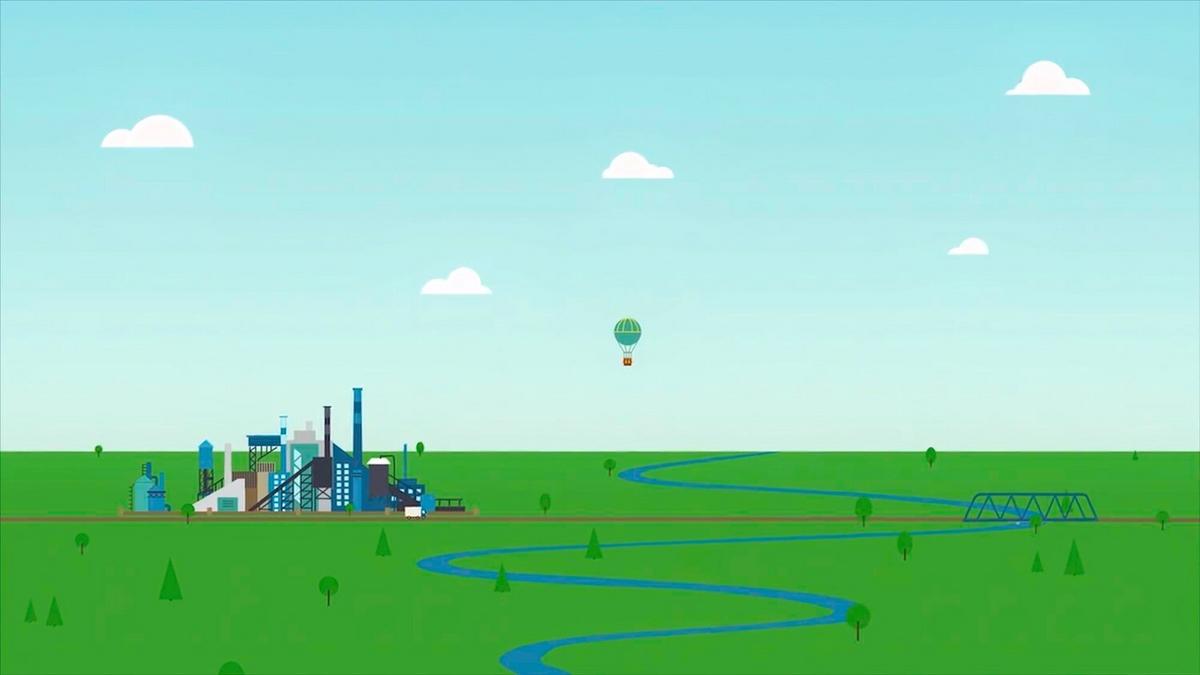
Harnessing the Power of Tides: The Future of Marine Energy
The rhythmic dance of ocean tides has long been a source of inspiration and admiration, but in recent years, it has also become a promising frontier in the renewable energy sector. As we look to diversify our energy sources, harnessing the power of tides emerges as a compelling solution for sustainable energy production.
The ebb and flow of tides, driven by the gravitational forces of the moon and the sun, offer a predictable and consistent energy source. Unlike wind or solar power, tidal energy is not subject to the whims of weather, making it a reliable alternative. According to the International Energy Agency, tidal power has the potential to meet up to 10% of global electricity demand in the future.
Understanding Tidal Energy
Tidal energy is generated by converting the energy obtained from tidal flows into electricity. This can be achieved through various technologies, including tidal stream generators, tidal barrages, and tidal lagoons. Each method has its own set of advantages and challenges, but all share the common goal of sustainable energy production.
Expert Insights
Dr. Emily Robertson, a renowned environmental engineer, highlights, “Tidal energy is a cornerstone in the realm of renewable resources due to its predictability and the minimal environmental footprint it leaves compared to fossil fuels.” This perspective underscores the potential of tidal energy to revolutionize our energy systems.
Current Developments and Success Stories
Several countries have already embarked on projects to harness tidal energy. The MeyGen project in Scotland is among the world’s largest tidal energy ventures, contributing significantly to the national grid and proving the viability of this technology. Such initiatives not only provide clean energy but also create jobs and stimulate local economies.
| Country | Project | Capacity (MW) | Status |
|---|---|---|---|
| Scotland | MeyGen | 398 | Operational |
| Canada | Fundy Ocean Research Center | 64 | Operational |
| South Korea | Sihwa Lake Tidal Power Station | 254 | Operational |
| France | Rance Tidal Power Station | 240 | Operational |
| Netherlands | Blue Energy | 200 | Under Construction |
| United States | Roosevelt Island Tidal Energy Project | 1.05 | Pilot |
| UK | Swansea Bay Tidal Lagoon | 320 | Proposed |
| China | Jiangxia Tidal Power Station | 3.2 | Operational |
Benefits of Tidal Energy
- Predictability: Tidal patterns are highly predictable, allowing for effective energy planning.
- Low Environmental Impact: Tidal energy projects generally have minimal impact on marine ecosystems when carefully managed.
- Longevity: Tidal power installations have a long lifespan, often exceeding 100 years.
Challenges and Considerations
Despite its advantages, tidal energy faces several hurdles. Initial costs are often high, and technological advancements are needed to enhance efficiency and reduce expenses. Additionally, environmental assessments must ensure that marine life is not adversely affected.
FAQs
What is tidal energy?
Tidal energy is a form of hydropower that converts energy obtained from tides into electricity.
How is tidal energy harnessed?
Tidal energy can be harnessed using tidal stream generators, tidal barrages, and tidal lagoons.
Is tidal energy sustainable?
Yes, tidal energy is considered sustainable as it is both renewable and predictable.
Conclusion
Harnessing the power of tides represents a significant step forward in the quest for renewable energy solutions. By tapping into this reliable source, we can reduce our dependence on fossil fuels and move towards a more sustainable future. As technology advances and interest grows, tidal energy could soon become a cornerstone of global energy strategies.


